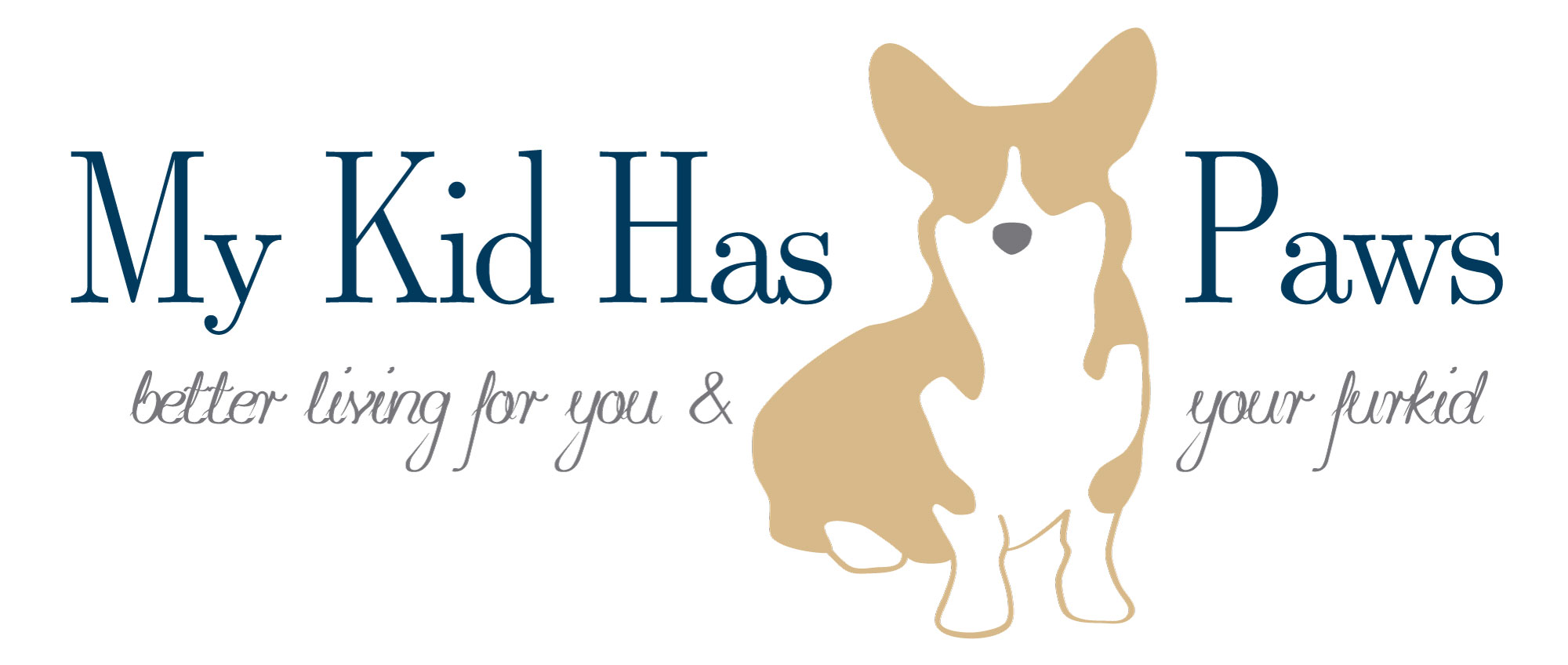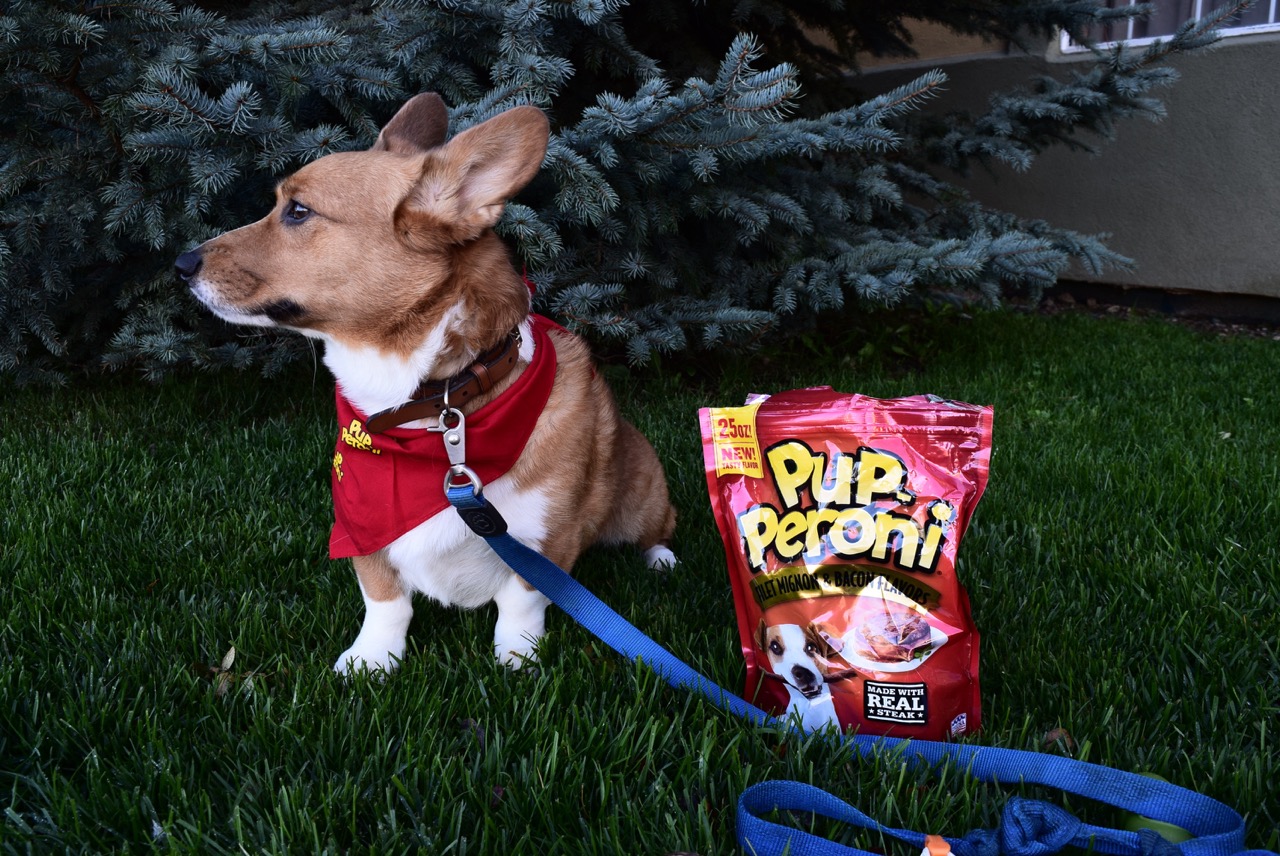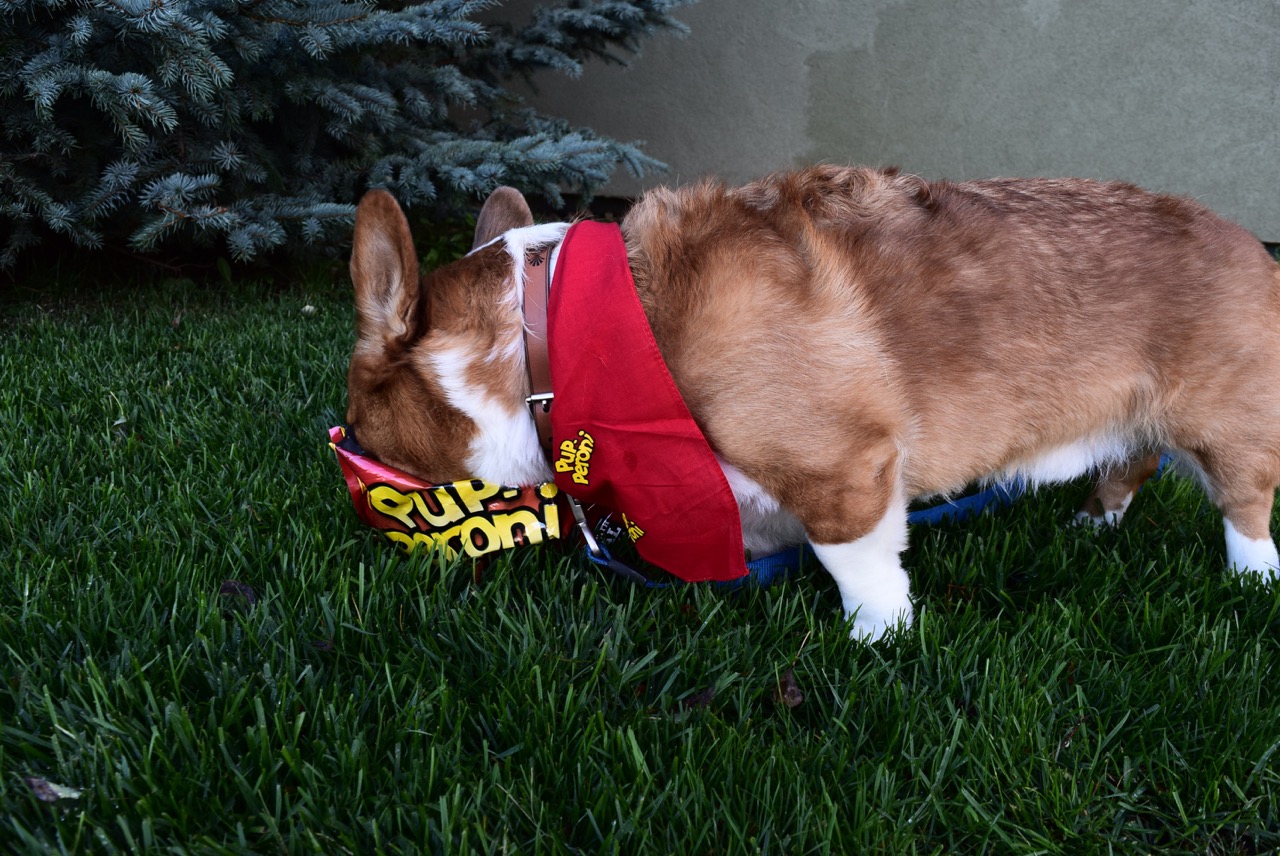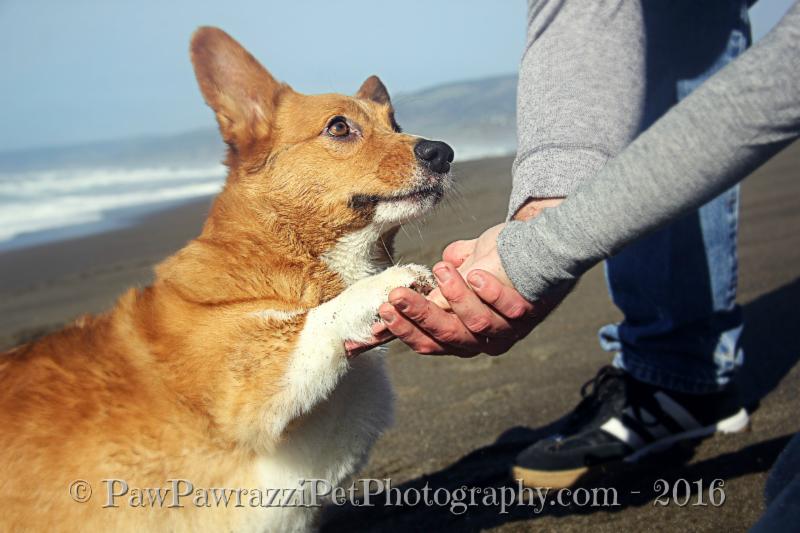I don’t know about you, but as a pet parent, I want my house to be a place that reflects the style and needs of myself and my husband, but is also a place where Rooney can feel comfortable and relaxed. Today, on our continued journey of 30 Days to the Best Pet Home, I want to talk about some ways that you can make your home a calm environment for your pet along with a few additional training resources.
Providing your pet with a calm and stress-free environment requires a combination of providing for their basic needs and then adding additional calming elements where necessary (depending on your pet’s anxiety or stress level). Let’s get started!
Access to Food & Water
Of course, you are going to provide your pet with food & water. In addition to providing the essentials, however, make sure that they have frequent & comfortable access to their food and water. For example, if your pet is afraid of certain objects in your house (ahem…vacuum, we are looking at you!) then make sure they are far from your pet’s food and water bowls. Additionally, if your pet is tall (perhaps a Great Dane), then it might be worthwhile to invest in raised food and water bowls to make eating and drinking easier on their neck and back.
Exercise
As the ol’ saying goes, “a tired pet is a good pet”. Pets that are anxious and have built up energy tend to exhibit unwelcome behaviors and ultimately, are not calm and relaxed in their own home. Providing them with a place to exercise (whether that’s outside or inside) is really important for your pet’s physical and mental health.
Of course, a place to exercise inside might be difficult if you are talking about a very large dog. In these cases, make sure that you have room for your dog to gallop and play outside in addition to their daily walks and other activities. It is also important that cats get their daily exercise and play time, especially if they are indoor only.
Mental Stimulation
Mental stimulation goes hand-in-hand with exercise. Providing your pets with games and stimulation in your home will help them calm down with the rest of the family. Making the games interactive with other family members will also help strengthen family bonds.
Make sure your pet has easy access to games so that they can tell you when they want to play and engage.
Environmental Scents
Pheromones & Essential Oils can be solutions for calming your pet.
Pheromones are species-specific and will mimic natural environments for pets in order to make them feel calmer. These products are sold in plug-in form, sprays, and collars. While I have never used pheromones on my own pets, I have worked for veterinarians who carried these products and sold them to our clients who had nervous/anxious dogs and cats. Please discuss these products with your veterinarian prior to making purchases.
Lavender can be used as an essential oil to calm both dogs and cats. However, this topic of essential oils for pets has been highly controverted in the past. Therefore, I would recommend always speaking with your veterinarian before using essential oils for your pet.
Classical Music
A 2012 study from the Journal of Veterinary Behavior concluded that classical music was linked to calm and relaxed behavior.
According to an article by Trupanion;
“In the study, 117 dogs of various breeds were analyzed for various behaviors over a four-month period. The dogs’ behavior was recorded every five minutes as they were exposed to three different genres of music. As you may have been able to guess, classical music was related to relaxed and restful behavior while heavy metal was linked to more anxiety.”
Crate/Established Space
Pets like to have a space to call their own. For dogs, it might be their dog bed or crate. For cats, it might mean a quiet bed under a chair or in a nice sunny spot. Either way, be sure to provide your pet with access to their favorite spots throughout the day.
For tips on getting your pet used to their crate check out my guest post for 4knines “How to Get Your Dog to Love Their Crate”
Make Changes Gradually
This isn’t always realistic. For example, if you move you might get your keys on Thursday and need to be out of your old place on Friday. However, if time allows, take your pet to visit the new environment and bring some of their stuff (with their scent on it) to the new location to get them used to the new place.
Additionally, try not to leave them alone for long periods of time with chaos in the house. Of course, if you work full-time and you are still unpacking, this might be unrealistic. However, consider taking your pet to a pet hotel or to daycare while you are out of the house and still unpacking.
Moving, renovations and other major changes (like holidays or when the kids go back to school) can be very stressful for your pets. Sometimes, being aware of the stress and making some of the small adjustments suggested in this post (i.e. increasing exercise/play time or playing classical music), can be wonderful for your pet’s stress level.
For the Cats
While a calming environment is important for all pets, I feel that it is particularly important for cats and cat parents. In addition to the items listed above, here are some additional adjustments that can create a calm environment for your cat:
Litter Boxes
Don’t underestimate the placement and number of litter boxes that your cat(s) need. When I worked at the veterinary hospital, we recommended having 1 more litter box than the number of cats in the house.
Regarding placement, pay attention to your cat’s behavior. If they keep peeing in a corner, move their litter box to that corner. Not having consistent access to a clean litter box can definitely increase your cat’s stress levels and cause unwanted behavior.
Views
While dogs can get stimulation from games and indoor exercise, it is imperative for many cat’s well-being that they have an opportunity to observe from above. Catios, perches, and cat trees are an excellent way to provide your cat with the need to observe & escape.
Scratching Posts
Cats scratch their nails on items for a variety of reasons. Specifically, they scratch posts to mark their scent & territory, to stretch, and to remove the dead layer on their nails. A scratching post is important for their mental and physical health, and should be incorporated into your home.
Extra Help
We could all use a little extra help calming our pets now and again.
You may remember an excellent guest post from Beverley Courtney from BrilliantFamilyDog.com “Traveling With Your Dog for the Holidays“. Well, she was kind enough to create a free ebook for dog parents:
Calm Down! Step-by-Step to a Calm, Relaxed, and Brilliant Family Dog
Beverley also has 3 other ebooks for pet parents, which you can download at the above link:
Leave it! How to teach Amazing Impulse Control to your Brilliant Family Dog
Let’s Go! Enjoy Companionable Walks with your Brilliant Family Dog
Here Boy! Step-by-step to a Stunning Recall from your Brilliant Family Dog
I don’t know about you, but now I have some reading to do 🙂
Beverley Courtney, author of the book “Calm Down! Six Steps to a Relaxed, Calm and Brilliant Family Dog”, lives in Worcestershire with her four dogs, cat, hens and many tropical fish. She mainly works with puppies and “growly” dogs, always looking to build the bond between dog and owner. Get your free dog training series Top Tips for Turning Your Wild Puppy into a Brilliant Family Dog -a step-by-step guide to changing the things you don’t like about your dog to the things you do like.
If you found any of the above tips helpful for creating a calm environment, it would be great if you could leave me a comment below!
Sources:
PetMD | PetMD | Humane Society





